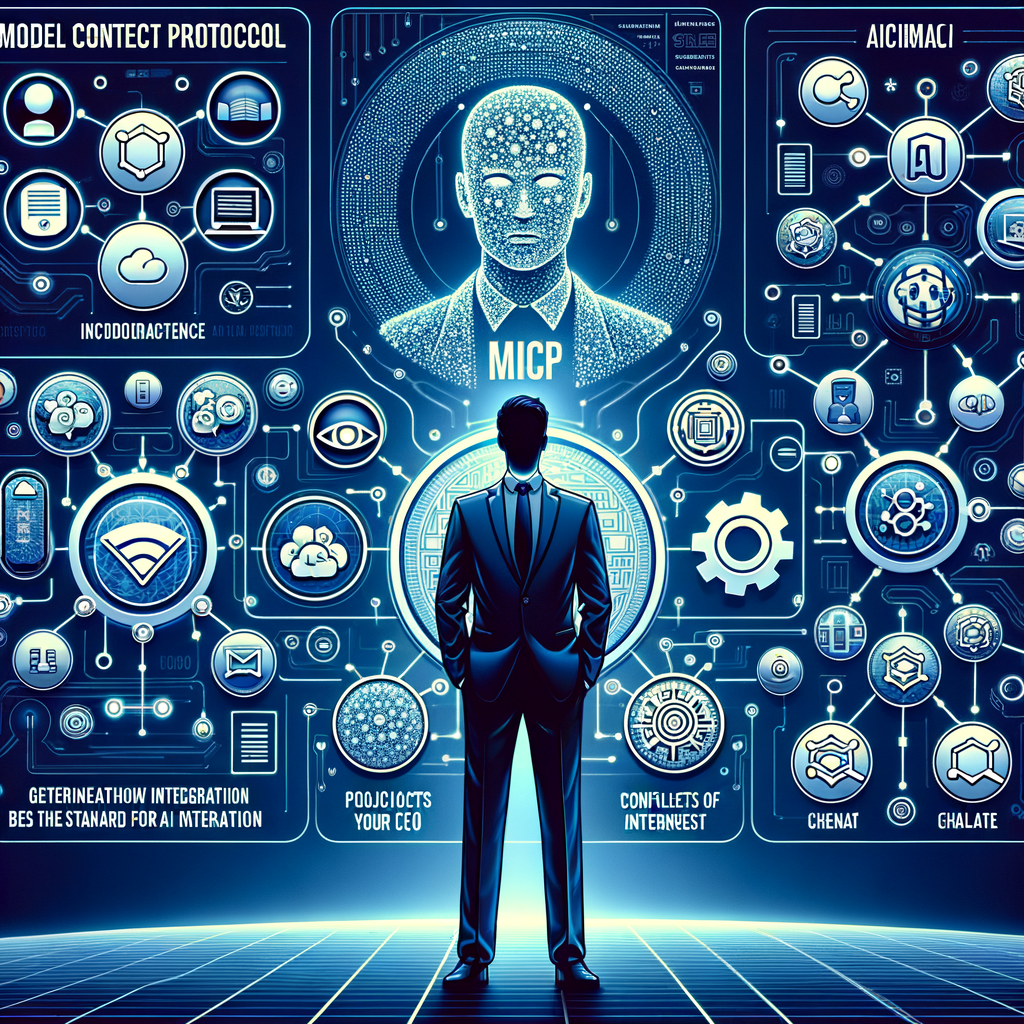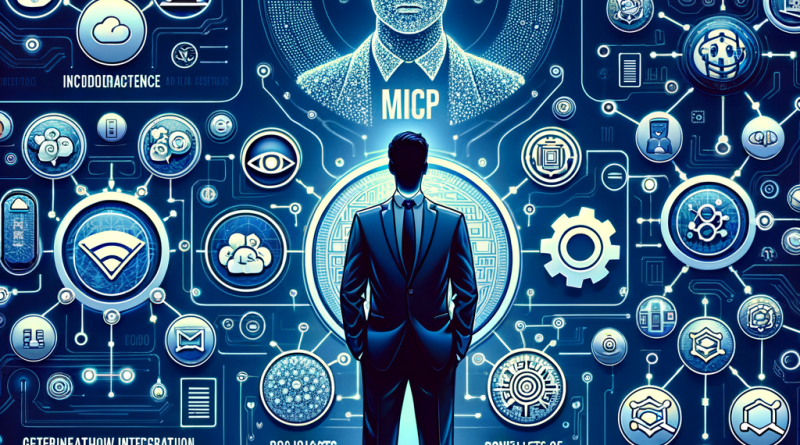The Future of AI Integration OpenAI Adopts Model Context Protocol and Advances AI Technology

“`html
The Future of AI Integration: OpenAI Adopts Anthropic’s Model Context Protocol
Artificial Intelligence (AI) continues to evolve rapidly, transforming technology and reshaping industries. One of the most significant recent developments in AI integration comes from OpenAI, as it adopts Anthropic’s Model Context Protocol (MCP). This marks a milestone in standardizing AI chatbot interactions, making them more efficient and scalable.
What is the Model Context Protocol (MCP)?
The Model Context Protocol (MCP) is a revolutionary open-source standard designed by Anthropic. It serves as a universal communication model between AI systems and external data applications, streamlining the integration process.
Key Features of MCP:
- 🛠️ Standardized API Communication: Simplifies AI and application interactions.
- 📚 Context Retention: Ensures ongoing conversations are more meaningful and accurate.
- ⚡ Real-Time Integration: Enhances the efficiency of automation tools.
- 📈 Scalability: Can be adapted across multiple AI systems without custom configurations.
- 🤖 Model-Agnostic Design: Allows support for various AI frameworks.
How OpenAI’s Adoption of MCP is a Game-Changer
Sam Altman, CEO of OpenAI, recently announced MCP integration within ChatGPT and other AI products. Here’s why this is a transformative moment:
| Impact Area | Significance |
|---|---|
| Development Efficiency | Reduces time spent on integrating AI into third-party services. |
| Cost Reduction | Fewer resources are needed for development and maintenance. |
| Innovation Boost | Developers can focus on creating new AI applications instead of troubleshooting API mismatches. |
| Industry-Wide Standardization | Eliminates the issue of fragmented AI models not communicating efficiently. |
What Challenges Lie Ahead?
Like any emerging standard, MCP does face some challenges:
- 🚀 Early-Stage Adoption: Developers need time to implement and test this new protocol.
- 📖 Learning Curve: Companies must educate their teams on this integration process.
- ⚔️ Competition: MCP competes with other proprietary AI communication protocols.
DeepSeek-V3: The Next Big Thing in AI Language Models
Apart from OpenAI’s MCP adoption, we also saw the launch of DeepSeek-V3-0324, an advanced AI model by Chinese startup DeepSeek. It stands out due to:
- 🧠 Enhanced Reasoning: Scored 81.2 on MMLU-Pro for logical deduction.
- 💻 Improved Coding Capabilities: Generates web development code with high accuracy.
- 📖 Advanced Language Processing: Excels in understanding complex linguistic structures.
This model is open-source and available under an MIT License on Hugging Face, fostering transparency in the AI community.
OpenAI’s GPT-4o Introduces Native Image Generation
Another breakthrough this week comes from OpenAI’s GPT-4o, which introduces native image generation within ChatGPT. This update allows users to generate and edit images seamlessly, competing with Google’s AI image tools.
Highlights of GPT-4o’s Image Generation:
- 🎯 Greater Accuracy: Text-to-image mapping now significantly improved.
- ⚡ Faster Response Time: Generates high-resolution images in seconds.
- ✏️ Inpainting Feature: Allows users to edit generated images with precision.
The Road to Standardizing AI
With OpenAI leading the charge in AI integration, MCP could soon become the industry standard. While concerns over adoption challenges exist, its impact on reducing inefficiencies is undeniable.
The same applies to AI-powered creativity with DeepSeek-V3 and GPT-4o enriching the AI ecosystem.
What’s next? As AI tools evolve, expect better integration, automation, and user-friendly models enhancing our daily tech experiences.
Stay updated with the latest AI news and innovations! 🚀
#AIIntegration #OpenAI #GPT4o #DeepSeekV3 #MachineLearning #AIFuture
“`
